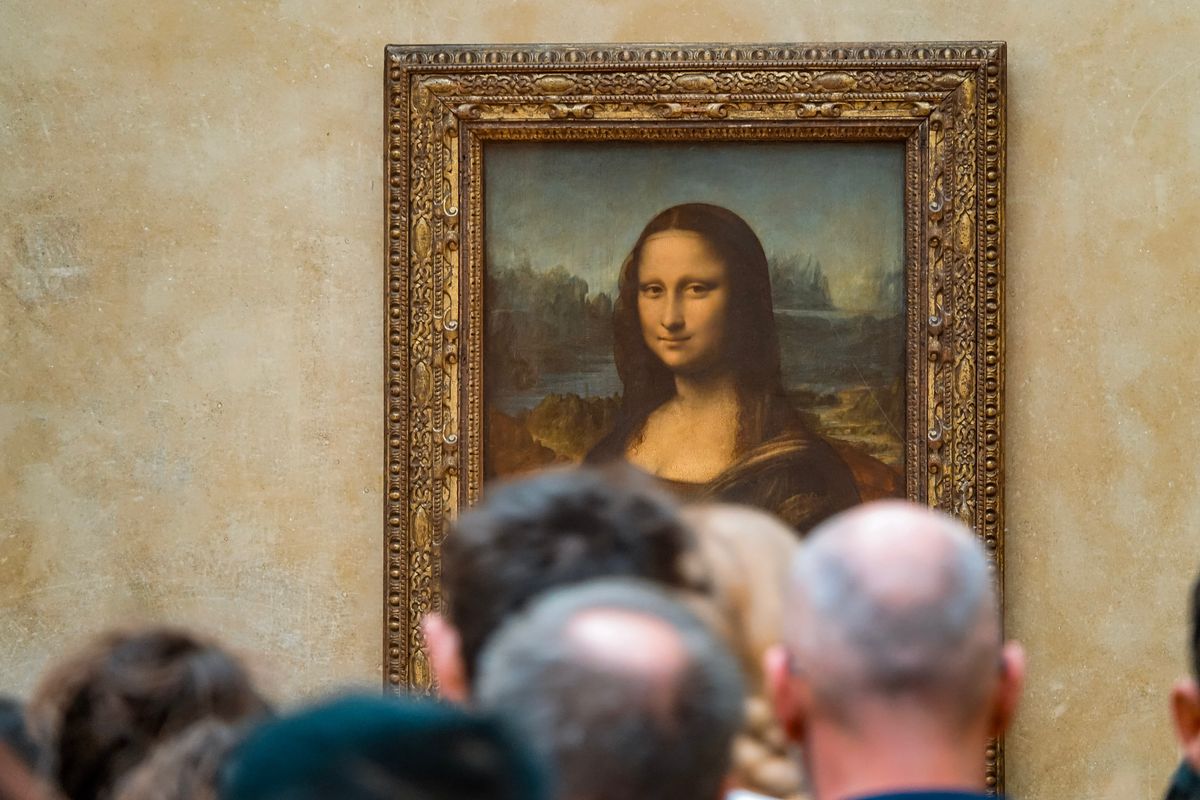Investment in alternative assets such as art, wine or precious metals.
Alternative investments like art, wine, and precious metals offer diversification, inflation protection, and strong returns over the long term. These assets have historically shown positive returns, and can offer protection against inflation.

Alternative investments have become increasingly popular in recent years, as investors look to diversify their portfolios and potentially generate higher returns. One such group of alternative assets includes art, wine, and precious metals. While these assets may seem unconventional compared to traditional investments like stocks and bonds, they have a proven track record of delivering strong returns over the long term.
Art
Art is one such asset that has captured the attention of many investors. The art market has experienced significant growth over the past decade, with global sales reaching $64.1 billion in 2019, according to the Art Basel and UBS Global Art Market Report. One notable example of the potential returns from art investment is the sale of the painting "Salvator Mundi" by Leonardo da Vinci. The painting sold for $450 million in 2017, making it the most expensive artwork ever sold at auction.
Comparing this to inflation
According to the Mei Moses Fine Art Index, which tracks the performance of the art market, the average annual return on art between 1957 and 2020 was 5.1%. During this same time period, the US dollar experienced significant inflation, with the Consumer Price Index (CPI) rising from 29.6 in 1957 to 259.2 in 2020. However, after adjusting for inflation, the average annual return on art over this time period was 2.3%, which is still a positive return.
Wine
Wine is another alternative asset that has gained traction among investors. The fine wine market has seen steady growth over the past few decades, with a 4.4% increase in value in 2020, according to the Liv-ex Fine Wine 1000 Index. Wine investment has proven to be a profitable venture, with some bottles appreciating in value by over 1,000% in the last decade. For example, a bottle of 1945 Chateau Mouton Rothschild was sold for $343,000 at auction in 2019, compared to its original price of around $5,000.
Comparing wine to inflation
According to the Liv-ex Fine Wine Investables Index, which tracks the performance of the fine wine market, the average annual return on investment-grade wine between 2000 and 2020 was 10.2%. During this same time period, the US dollar experienced significant inflation, with the Consumer Price Index (CPI) rising from 168.8 in 2000 to 259.2 in 2020. However, after adjusting for inflation, the average annual return on investment-grade wine over this time period was 7.4%, which is still a strong positive return.
Precious metals
Precious metals, such as gold and silver, have been a popular alternative investment for centuries. Gold, in particular, has been used as a store of value for millennia and is often considered a safe-haven asset in times of economic uncertainty. Over the past decade, gold has seen significant price increases, rising from around $1,000 per ounce in 2010 to over $2,000 per ounce in 2020. Silver has also experienced similar growth, rising from around $17 per ounce in 2010 to over $28 per ounce in 2020.
Comparing precious metals to inflation
According to the World Gold Council, the average annual return on gold between 1971 and 2020 was 10.6%. During this same time period, the US dollar experienced significant inflation, with the Consumer Price Index (CPI) rising from 40.5 in 1971 to 259.2 in 2020. However, after adjusting for inflation, the average annual return on gold over this time period was 4.8%, which is still a strong positive return.
Similarly, silver has also historically shown a positive correlation with inflation and economic growth. According to the Silver Institute, the average annual return on silver between 1971 and 2020 was 7.3%. After adjusting for inflation, the average annual return on silver over this time period was 1.4%, which is still a positive return.
Benefits
Investing in alternative assets like art, wine, and precious metals can provide several benefits for investors. Firstly, these assets can offer diversification benefits, as they are often not correlated with traditional assets like stocks and bonds. Secondly, alternative assets can provide protection against inflation, as their prices often rise with inflation. Thirdly, these assets can offer strong returns over the long term, with some investments appreciating in value significantly.
In conclusion, alternative assets such as art, wine, and precious metals can provide investors with unique investment opportunities and diversification benefits. While these assets may not be suitable for everyone, investors who are willing to take on some additional risk and have a long-term investment horizon may benefit from including them in their portfolios.
As with any investment, it is important to conduct thorough research and consult with a financial advisor before making any investment decisions.